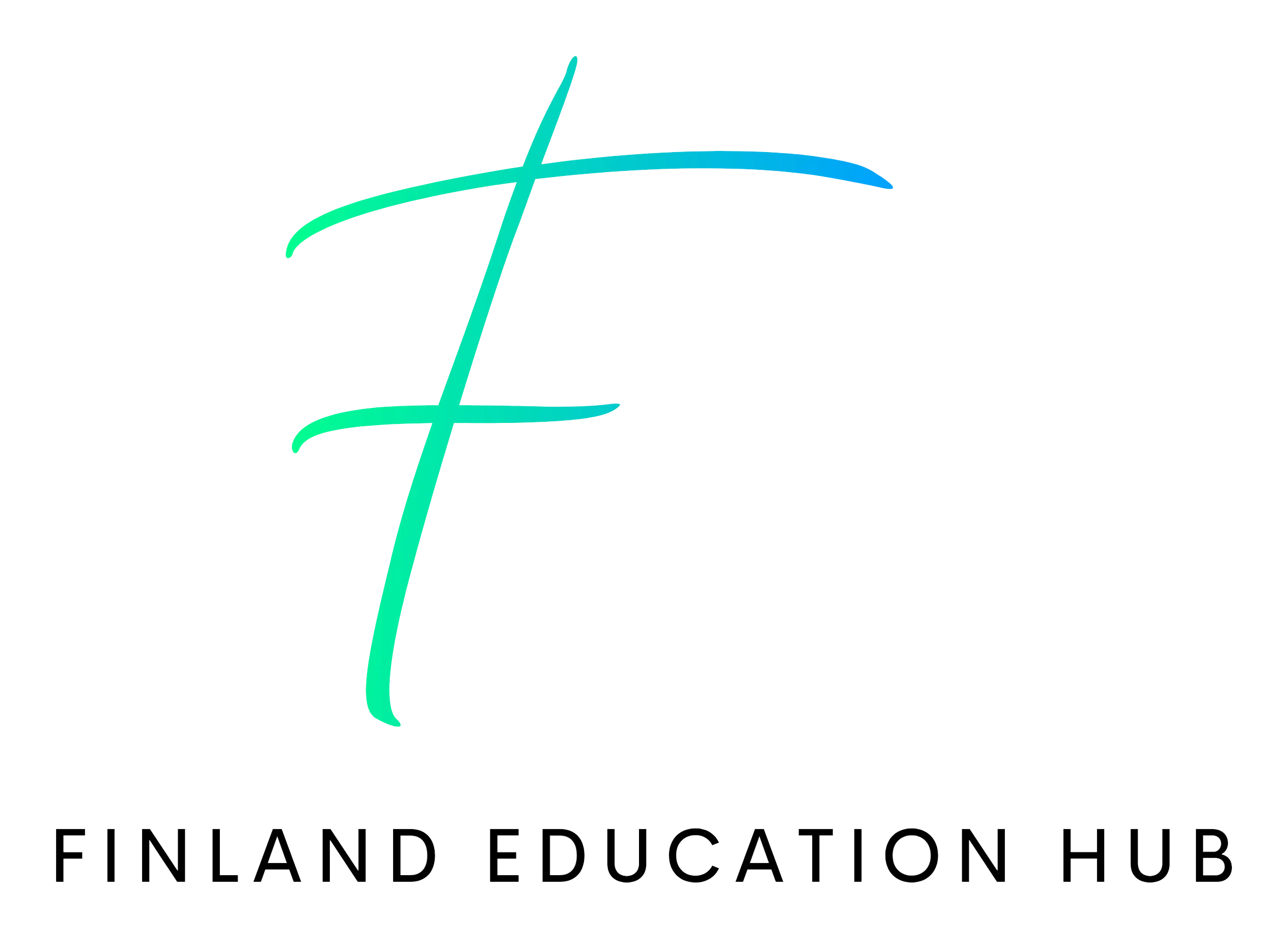Personalized Learning in Finnish Schools: Meeting Every Student’s Needs
Finland’s education system is globally renowned for its innovative approaches and outstanding results. One of the key aspects that set Finnish schools apart is their emphasis on personalized learning, an approach designed to meet every student’s individual needs.
This model ensures that students not only excel academically but also develop as well-rounded individuals, ready to tackle the challenges of the modern world.
Understanding Personalized Learning
Personalized learning is an educational approach that tailors instruction to each student’s strengths, needs, and interests. Unlike traditional teaching methods, where all students receive the same instruction at the same pace, personalized learning allows for differentiation, ensuring that each student progresses according to their unique abilities and learning styles.
In the context of the Finnish K-12 education system, personalized learning is not just a pedagogical strategy but a fundamental philosophy. It is embedd in the national curriculum, teacher training, and classroom practices, making it a core component of the Finnish educational experience.
The Finnish Model: A Student-Centered Approach
Finnish schools are characterized by their student-centered approach, where the focus is on the individual learner rather than the teacher or the curriculum. This approach is evident in several key practices:
Flexible Learning Paths:
In Finnish schools, students have the opportunity to choose from a variety of learning paths that best suit their interests and abilities. This flexibility allows students to explore subjects they are passionate about while still meeting the national curriculum requirements.
Individualized Learning Plans:
Teachers in Finland work closely with students to develop individualized learning plans. These plans take into account each student’s strengths, weaknesses, and interests, ensuring that instruction is tailored to their specific needs.
Small Class Sizes:
Finnish schools typically have small class sizes, allowing teachers to give more personalized attention to each student. This close interaction helps teachers understand their students better and provide targeted support where needed.
Emphasis on Well-Being:
In Finland, education is not just about academic success but also about the overall well-being of the student. Schools place a strong emphasis on mental health, social skills, and emotional development, recognizing that a happy, healthy student is more likely to succeed.
The Role of Teachers in Personalized Learning
Teachers play a pivotal role in the success of personalized learning in Finnish schools. Unlike in many other education systems, Finnish teachers are highly trained and respected professionals. They are given significant autonomy to design and implement lessons that meet the needs of their students.
Autonomy and Trust:
Finnish teachers are trusted to make decisions about how best to teach their students. This autonomy allows them to experiment with different teaching methods and adapt their instruction to the unique needs of their students.
Continuous Professional Development:
Finnish teachers are committed to lifelong learning. They regularly engage in professional development to stay updated on the latest educational research and best practices. This commitment to professional growth ensures that they are well-equipped to implement personalized learning effectively.
Collaboration with Parents:
In Finland, there is a strong partnership between teachers and parents. Teachers regularly communicate with parents about their child’s progress and involve them in the development of individualized learning plans. This collaboration ensures that students receive consistent support both at school and at home.
The Impact of Personalized Learning on Student Outcomes
The personalized learning approach in Finnish schools has led to remarkable outcomes, both academically and socially. Finnish students consistently rank among the top performers in international assessments such as the Programme for International Student Assessment (PISA). However, the success of the Finnish education system goes beyond test scores.
High Levels of Student Engagement:
Personalized learning ensures that students are engaged in their education. By allowing students to pursue their interests and learn at their own pace, Finnish schools create an environment where learning is enjoyable and meaningful.
Equity in Education:
One of the most significant achievements of the Finnish K-12 education system is its commitment to equity. Personalized learning helps bridge the gap between students of different abilities, ensuring that every child has the opportunity to succeed, regardless of their background or circumstances.
Holistic Development:
Finnish schools focus on the holistic development of students. In addition to academic skills, students develop critical thinking, creativity, and social skills. This well-rounded approach prepares students to thrive in a rapidly changing world.
Reduced Stress and Pressure:
The Finnish education system is known for its low-stress environment. Personalized learning, with its emphasis on individual progress rather than competition, reduces the pressure on students and creates a more positive learning experience.
Challenges and Opportunities
While personalized learning in Finnish schools has been highly successful, it is not without its challenges. Implementing a personalized approach requires significant resources, including highly trained teachers, small class sizes, and ongoing professional development. Additionally, the success of personalized learning depends on the commitment of both educators and policymakers to prioritize student needs over standardized testing and rigid curricula.
However, the opportunities presented by personalized learning are immense. As the global education landscape continues to evolve, other countries can learn valuable lessons from Finland’s approach. By adopting a student-centered, personalized approach, education systems worldwide can better meet the diverse needs of their students and prepare them for the future.
Conclusion
Finland’s commitment to personalize the learning within its K-12 education system offers a powerful example of how education can be tailored to meet the needs of every student. By focusing on the individual learner, Finnish schools ensure that students are not only academically successful but also happy, healthy, and well-prepared for life beyond the classroom.

